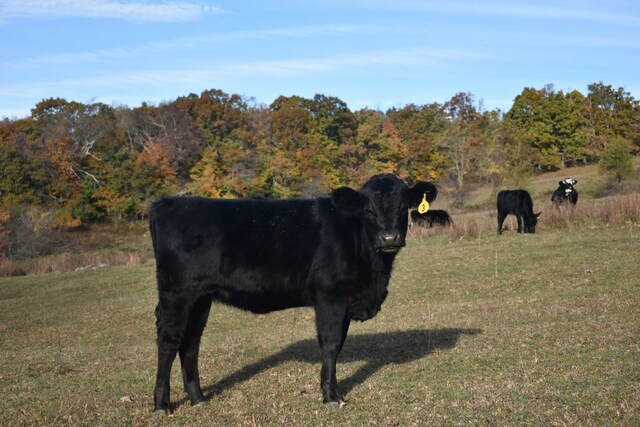
The majority of Australian beef producers have confirmed no change their intention to adjust their herd sizes as indicated in Meat and Livestock Australia’s (MLA) Beef Producers Intentions Survey in April 2024.
The Beef Producer Intentions Pulse Survey, conducted in July, has shown that 82 per cent of producers indicated their intention remained to increase, keep the same, or reduce their beef cattle herd.
Of the 18 per cent who reported their intentions have changed since the previous survey in April:
* 3 per cent now intend to increase their beef cattle herd;
* 8 per cent now intend to keep their beef cattle herd size the same; and
* 7 per cent now intend to reduce their beef cattle herd.
Producers who had participated in the April 2024 survey were invited to complete the July 2024 pulse survey and sought feedback from 1421 grassfed beef cattle producers.
Market information analyst at MLA, Emily Tan, said the aim of the July 2024 pulse survey was to provide updated estimates on those provided in the April 2024 survey.
“The July 2024 pulse survey was designed to confirm producer intentions, planned autumn calf drop and forecasted sales provided in April,” Ms Tan said.
“As 82 per cent of producers indicated no changes to their intentions from April, we can say that producers are keeping a steady ship at this time.
“The pulse survey also wanted to take an estimate of autumn calf drop for producers who indicated they join females to deliver calves in autumn.
“Most producers who target autumn-calving reported a change to their forecast autumn calf drop. Of these, 36 per cent delivered fewer calves than previously forecast in April 2024; whilst 37 per cent delivered more calves than expected; and the remaining 27 per cent reported their calf drop matched their forecast.
“When taking account of the sizes reported, the analysis indicates that the 2024 autumn calf drop was closer to 2.75 million than the planned 2.58 million which was an approximate 6 per cent uplift.”
The pulse survey also gauged how cattle sales performed according to expectations demonstrated in the main April survey.
Almost half of producers reported they sold fewer cattle than previously forecast in April 2024. The survey reported:
* 46 per cent sold fewer cattle in the first half of 2024 than forecast;
* 21 per cent sold more cattle than expected; and
* 33 per cent reported they met their forecast cattle sales.
“For those who sold fewer cattle than anticipated, the decision ultimately boiled down to two main reasons,” Ms Tan said.
“46 per cent said that prices were not strong enough to justify selling and 28 per cent decided to retain their cattle in the anticipation that forecasted prices were to be stronger.”
When then taking account of the number of cattle sales reported, the analysis indicates that the first half of 2024 sales were closer to 3.6 million than the forecasted 4.58 million.
The Beef Producer Intentions Survey was designed by MLA to support the industry with reliable data and is used by MLA and the Australian Bureau of Statistics (ABS). It is one of the inputs into the MLA beef industry forecasting models.
To view the full results please go to shorturl.at/3ugnw





